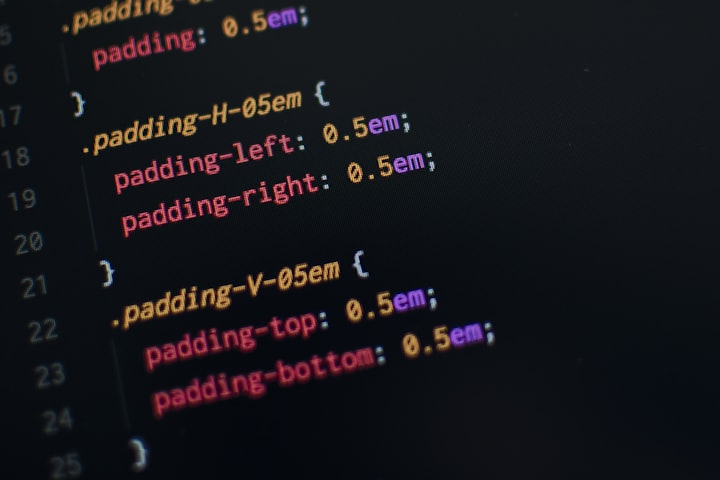The Uncut Godzilla 1954 Japanese Version is an "A Movie" with Bite
McCarthyism Cold War Politics Censored a Sci Fi Masterpiece

On Facebook, there are a number of groups dedicated to the love of Godzilla. So when I posted my article claiming how much I likeGodzilla 1998 with Matthew Broderick, you can only imagine the pushback I receive. In disbelief, I question how they could view this elongated lizard as representing some grand epiphany in the annals of Science Fiction. It is a hooky toy dinosaur, breathing lightning and smoke, and worse yet, Raymond Burr looks on paternally as the only one equipped to save the model buildings and emasculated Japanese Army. On the other hand, maybe they are able to suspend all the silliness in deference to the uncut Japanese Godzilla 1954 version.
In that case, I am on board, because the comical B-movie farce we know turns out to be a brilliant piece of political commentary. Unfortunately, the original was too much to bear for American censorship, and the redacted remnant Americans were forced to digest didn’t have the bite that Director Ishirō Honda intended.
Nuclear War is Secondary
Even from the dumbed down American version, it isn’t hard to draw a line back from this outsized gecko to the Hiroshima bombing, but the Japanese filmmaker was stating something that was much more obvious and immediately relevant to his audience.
The H-bomb testing that took place on the nearby Marshall Islands during the early 50s provided the impetus for Honda, and if any mention of Atomic warfare got US military censors in an uproar, the fate of Lucky Dragon #5 was certainly not going to fly or get a breath of life in McCarthyite America.
The unlucky vessel left port in Yaizu, Shizuoka on Jan. 22, 1954, and when 330 fishing lines were lost on coral reefs, returning home in disgrace would not do for its inexperienced 22 year old Captain.
So Hisakichi Tsutsui headed south to the Marshall Islands in search of redemption, and while just outside of the US exclusion zone of testing, the sudden boom and bright flash still didn’t have crew realizing they had bit off more than they could chew. ““The top of the cloud spread over us. … Two hours passed. … white particles were falling on us, just like sleet. The white particles penetrated mercilessly — eyes, nose, ears, mouth. We had no sense that it was dangerous,” The Japan Times’ Mark Schreiber conveyed crewmen Matakichi Oishi account from, “The Day the Sun Rose in the West.”
By sundown, the crew started to present skin burns and other symptoms of radiation, which worsened during the two week voyage home. As such, the geiger counters went off as #5 approached port in Yaizu where the crew learned of the cocktail of strontium-90, cesium-137, selenium-141 and uranium-237 that settled on them from above.
But that was not before the Dragon unloaded their monster haul – if you will – of tuna on the mainland.
Put the Jeannie Back in the Bottle
In the aftermath, Ministry of Health and Welfare stated that 856 Japanese fishing vessels were exposed to radiation and 75 tons of haul caught from March through December 1954 were found to be unfit for consumption, according to Schreiber.
Nonetheless, when Gojira emerges after a flash in the sky and fishing boat #5 disappears, all of Japan easily traced the actual line being drawn. Of course, havoc ensued for both American and Japanese audiences.
However, the latter makes a much more powerful statement about the consequence-free attitude America took in regards to testing. “I can’t believe that Gojira was the only surviving member of its species. But, if we keep on conducting nuclear tests, it’s possible that another Gojira might appear somewhere in the world again,” one of the scientists reflects.
Falling prey to American edits, the Godzilla 1954 American version also stays the party line in ignoring the perils of mutually assured destruction. In contrast, Honda poses a more rational course of keeping the nuclear Jeannie in the bottle.
A WMD called an Oxygen Destroyer is developed and injected below the waters of Tokyo Bay to asphyxiate the slippery beast. In the process, the scientist who develops and deploys the technology cuts his own oxygen line so the secret and the real monster die with him.
Godzilla 1954, Not bad for a B-movie – no thanks to America.
About the Creator
Rich Monetti
I am, I write.






Comments
There are no comments for this story
Be the first to respond and start the conversation.